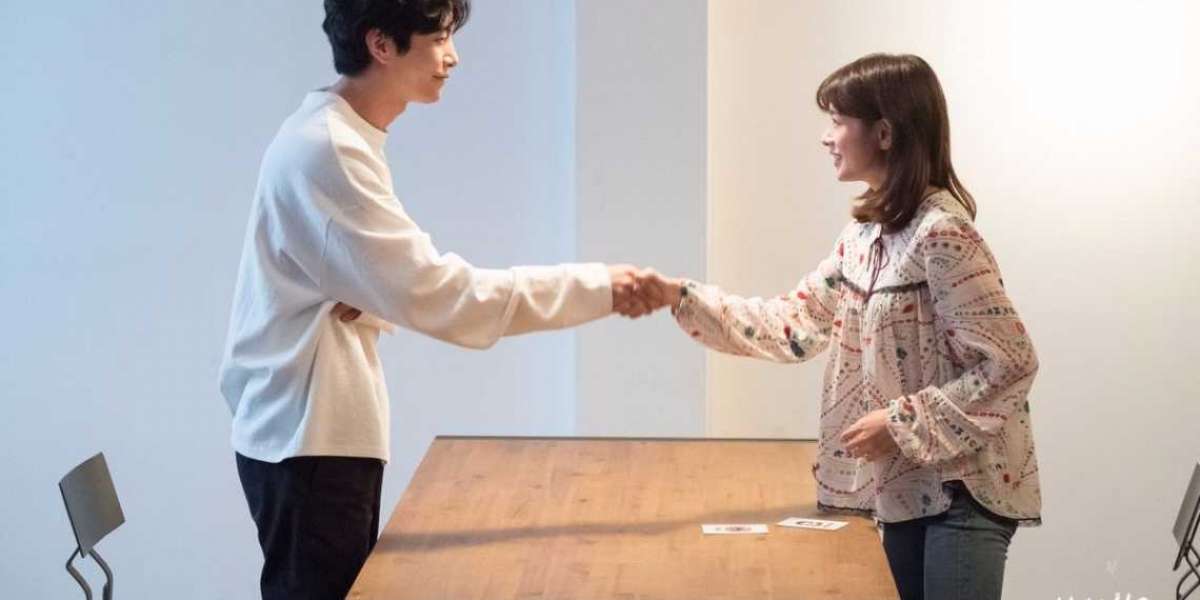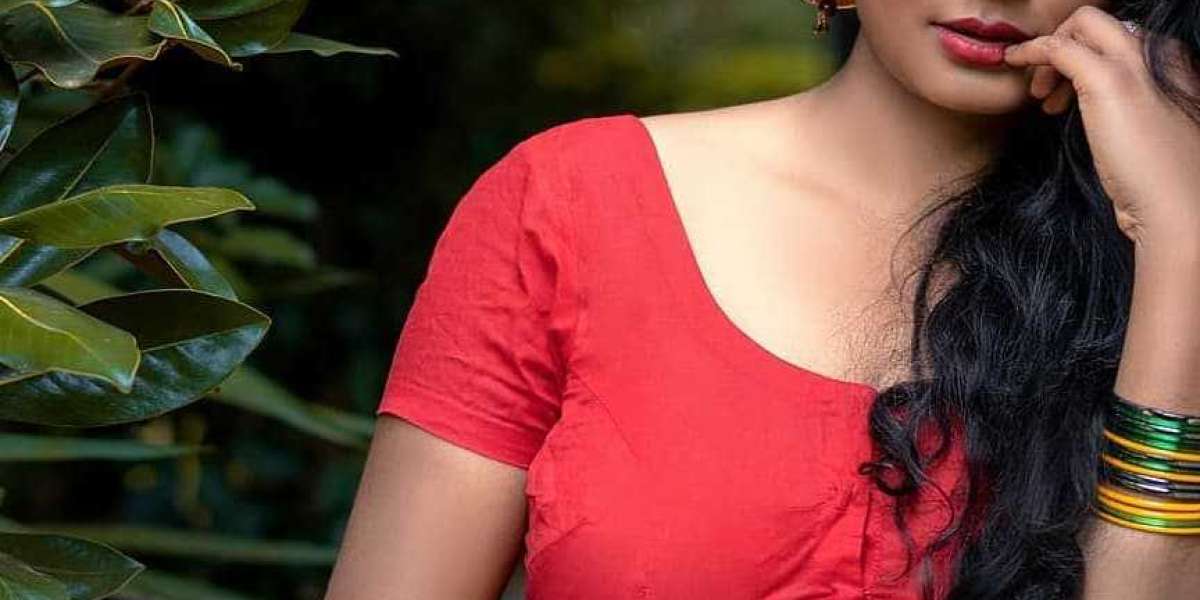Meeting someone new is sometimes nerve-wracking. Here are a few Korean phrases you can add to your arsenal for your future business meetings or when meeting your favorite K-pop idol!
1. ANNYEONGHASHIMNIKKA/ ANNYEONGHASEYO/ ANNYEONG
(안녕하십니까/안녕하세요/안녕)
Let’s start with the basics. These expressions mean “hello”. You may be wondering why there are three phrases. For context, Koreans have different speech levels that they use according to the formality needed in a particular social situation. All of these have the same stem, “annyeong”, but with different connecting endings that match the appropriate speech level. For foreigners who are learning Korean, it is best to learn the formal way of saying things first.
Annyeonghashimnikka (안녕하십니까) is the most formal way of greeting someone. This is best reserved for your seniors or superiors on formal occasions.
Annyeonghaseyo (안녕하세요), on the other hand, is probably the most famous phrase for greeting someone. This is slightly less formal than annyeonghashimnikka, but it is still polite and formal. You can use this with people who are older than you or with your superiors.
In informal situations, such as meeting a peer or someone younger than you are, you can simply say annyeong (안녕).
2. JEONUN _______ IMNIDA (저는 _____ 입니다)
This is for introducing yourself. This expression means “I am (your name)”.
This is just one way of saying this. One other variation is:
NAE IREUMUN ____ IMNIDA. (내 이름은_____ ) which translates to “My name is _____”
3. MANNASEO BANGAPSEUMNIDA/ MANNASEO BANGAWEOYO/ MANNASEO BANGAWEO (만나서 반갑습니다/만나서 반가워요/만나서 반가워)
These all mean, “It’s nice to meet you!”. Again it stems from the same word but just differs in speech level.
Mannaseo bangapseumnida is the most formal expression best used for superiors or seniors.
Mannaseo bangaweoyo is less formal but is also used for superiors or seniors.
The informal form of the expression is mannaseo bangaweo, used when interacting with peers or juniors.
Put these phrases together, and now you know how to say “Hello, my name is _____. It’s nice to meet you” in Korean. Practice these phrases so you will be prepared the next time you meet a new Korean friend. They will appreciate your effort to connect with them for sure!



